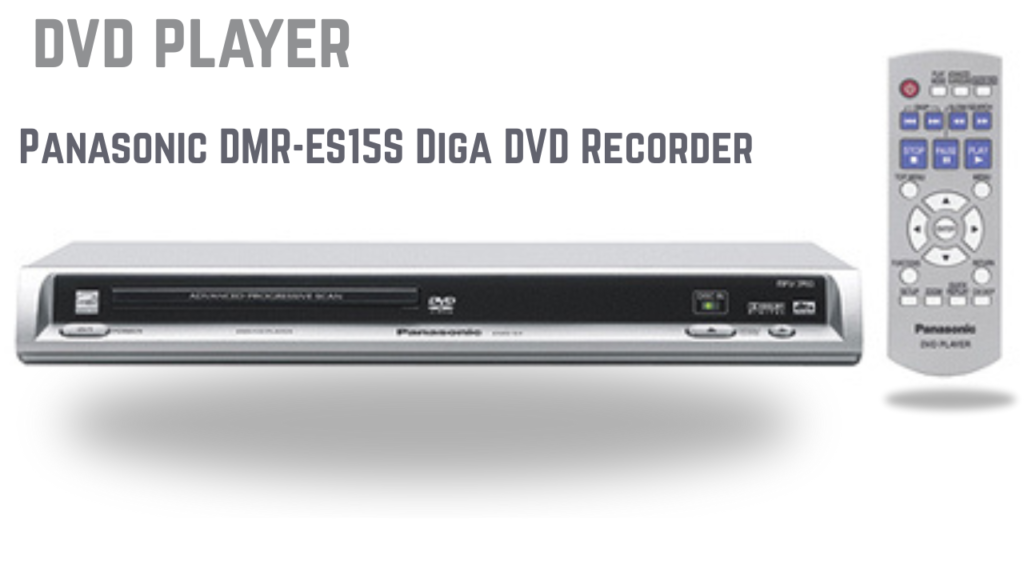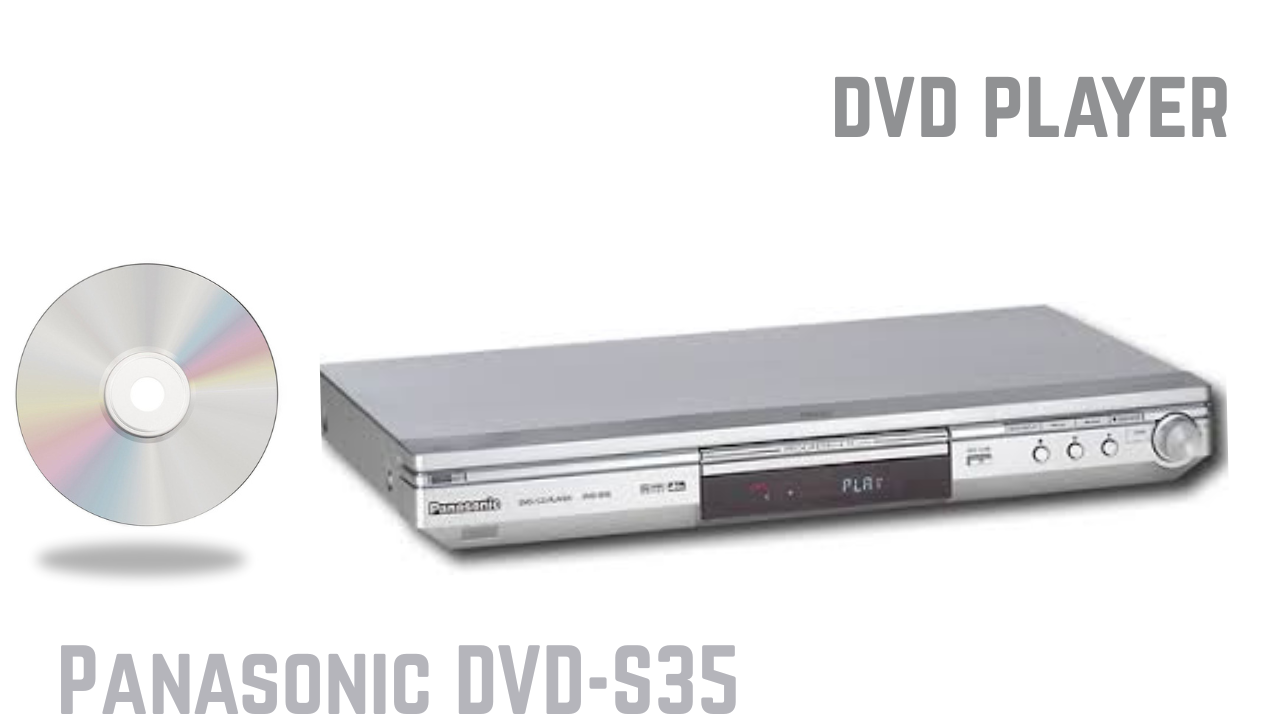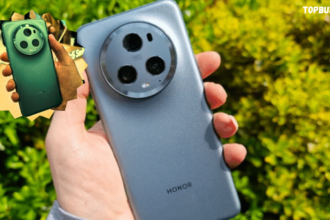Despite the rapid rise of streaming services and digital media, DVD players continue to hold a valuable place in the world of home entertainment. For movie lovers, collectors, and those seeking reliable offline viewing options, the DVD player remains a practical and accessible solution. Whether you’re dusting off your old disc collection or exploring physical media for the first time, understanding DVD players can help you make an informed decision when buying one.
The history of the DVD player dates back to the mid-1990s, when it revolutionized video playback with enhanced picture quality, greater storage, and interactive features. Over the years, these devices have evolved, offering improved technology and compatibility. Today, despite competition from Blu-ray and digital platforms, DVD players remain a staple in many households thanks to their affordability, ease of use, and wide availability of DVDs.
This comprehensive guide will walk you through the various aspects of DVD players, including their types, features, maintenance tips, and modern-day relevance. Whether you’re a seasoned enthusiast or a first-time buyer, this article will equip you with everything you need to make a smart purchase.
Understanding DVD Players
What is a DVD Player?
A DVD player is an electronic device designed to play DVDs—digital versatile discs that store video, audio, and other data. These devices connect to televisions or monitors and allow users to watch movies, listen to music, or view multimedia content stored on DVDs. Unlike VCRs, which relied on magnetic tapes, DVD players use laser technology to read optical discs, offering superior picture and sound quality.
DVD players became widely popular in the late 1990s and early 2000s, replacing VHS as the standard for home video. Their rise was fueled by the growing demand for clearer visuals and interactive features such as multiple audio tracks, subtitles, and bonus content. While newer formats like Blu-ray have emerged, many households still use DVD players due to their simplicity and backward compatibility with CDs and other media types.
Types of DVD Players
There are several types of DVD players available, each tailored to specific needs. Standard DVD players are the most common and are ideal for basic playback of DVDs and CDs. Portable DVD players come with built-in screens and rechargeable batteries, making them perfect for travel and long car rides. DVD recorders allow users to record TV shows and videos onto blank DVDs, functioning similarly to a DVR.
Multi-region or region-free DVD players are designed to play discs from any geographical region, bypassing the region coding restrictions placed by many studios. These are particularly useful for international movie collectors. DVD/VHS combo units combine the functionality of a DVD player with a VHS deck, providing a convenient way to enjoy both modern and legacy formats. Car DVD players, often built into headrests or dashboards, offer on-the-go entertainment, especially for families on road trips.
How DVD Players Work
DVD players operate using a laser system that reads the data encoded on the surface of a DVD. When the disc spins inside the player, a laser beam scans the data layer, interpreting the information and converting it into video and audio signals. These signals are then transmitted to your television or sound system via cables such as HDMI or AV.
The internal components of a DVD player include a disc drive, laser lens, decoding chipset, and output interface. Advanced models also include processors for upscaling content to higher resolutions, providing better image quality on modern HD and 4K TVs. Some DVD players also support various media formats, making them versatile devices for multimedia playback.
Key Features to Consider When Buying a DVD Player
Compatibility and Formats
When selecting a DVD player, compatibility is a key factor to consider. Not all DVD players support every disc format. Look for models that can play DVD-R, DVD+R, DVD-RW, and DVD+RW discs. Some units also support CD, MP3, JPEG, and DivX files, expanding their utility beyond movie playback.
Region coding is another critical consideration. DVDs are often encoded for specific geographical regions, which can limit playback on region-locked players. Opting for a region-free or multi-region DVD player ensures broader compatibility with international discs. Additionally, check for PAL and NTSC support if you plan to use your player with foreign DVDs or TVs.
Connectivity Options
Modern DVD players offer a range of connectivity options to suit various setups. HDMI is the preferred connection for high-definition output and minimal signal loss. Older players may use AV (RCA) or component video cables, which are compatible with legacy televisions. Some models also include USB ports and SD card slots for media playback from external devices.
Wi-Fi enabled DVD players are less common but may offer features like media streaming or firmware updates. Ensure that the connectivity options match your TV and home theater setup. Some players also support surround sound audio formats like Dolby Digital or DTS, enhancing the viewing experience.
Build Quality and Brand Reliability

Investing in a DVD player from a reputable brand can save you headaches down the road. Brands like Sony, Panasonic, LG, and Philips are known for their reliable electronics and quality customer service. Look for models with solid construction, intuitive interfaces, and accessible remote controls.
Warranty coverage and after-sales support are also essential. A good DVD player should last several years with proper care. Lightweight and portable designs are convenient, but ensure they don’t compromise durability. Read reviews and user feedback to gauge real-world performance before making a decision.
Additional Features
Beyond the basics, many DVD players come with additional features that enhance usability. Upscaling technology can convert standard-definition DVDs to near-HD quality, improving the visual experience on modern TVs. Parental control settings allow you to restrict certain content, making these players suitable for families.
Remote controls vary in functionality; some include dedicated buttons for subtitle toggling, audio switching, and menu navigation. Subtitle and multi-language support can be crucial for international content. Check if the player supports resume play, which allows you to continue watching from where you left off.
Maintenance, Troubleshooting, and Longevity
Proper Usage Tips
To ensure the longevity of your DVD player, handle it with care and follow usage guidelines. Always insert and remove discs gently to avoid damaging the laser lens. Avoid placing the player in dusty or humid environments, as this can affect performance. Use a surge protector to guard against power fluctuations.
Keep the disc tray clean and never force it open or closed. Store DVDs in their cases to prevent scratches and fingerprints that can interfere with playback. Position the DVD player on a flat, stable surface away from heat sources to maintain optimal operating conditions.
Common Issues and Fixes
DVD players, like any electronic device, may occasionally encounter problems. If a disc isn’t reading, try cleaning it with a soft, lint-free cloth. Skipping or freezing may be due to scratches or dirt on the disc or lens. Use a DVD lens cleaner to maintain optical clarity.
If there’s no video or audio output, check your cables and ensure they are securely connected. Firmware updates, if available, can resolve software glitches. For persistent issues, refer to the user manual or contact the manufacturer’s support service.
Extending the Life of Your DVD Player
Regular maintenance can significantly extend the life of your DVD player. Clean the exterior periodically and use compressed air to remove dust from vents. Avoid leaving discs inside the player when not in use, as this can stress the motor and lens.
If storing the player for an extended period, unplug it and keep it in a dry, cool place. Continued usage also helps prevent internal components from seizing up. With proper care, a quality DVD player can offer many years of reliable service.
DVD Players in the Streaming Era
Are DVD Players Still Worth It?

In the age of Netflix, Hulu, and other streaming services, one might wonder if DVD players are still relevant. The answer is yes, particularly for users who value physical media. DVDs provide consistent quality without buffering, are not subject to licensing changes, and often include bonus features unavailable through streaming.
Owning a DVD player also gives you permanent access to your collection. You won’t be at the mercy of subscription services or internet outages. Furthermore, for areas with limited broadband access, DVD players remain a practical and cost-effective entertainment solution.
Collectors and Niche Users
DVD players hold special appeal for collectors and niche users. Film buffs appreciate the uncompressed quality and director’s cuts often found on DVDs. Educational institutions and libraries also use DVD players for training videos and archived media.
In rural or under-connected regions, DVD players offer a dependable way to access visual content. They are also popular among travelers and families, especially when paired with portable units. As long as DVDs are in circulation, DVD players will continue to serve a purpose in our digital age.
Conclusion
DVD players may no longer dominate the home entertainment market, but they still provide valuable functionality, especially for physical media enthusiasts. Whether you’re revisiting your favorite films, archiving old family videos, or seeking a reliable backup for your streaming setup, a DVD player can be a worthy investment.
By understanding the types, features, and maintenance practices, you can select a model that fits your needs and enjoy years of dependable performance. In a world that’s constantly moving towards the cloud, the humble DVD player remains a reliable, tangible connection to entertainment.
Frequently Asked Questions (FAQs)
Can DVD players play Blu-ray discs?
No, standard DVD players cannot play Blu-ray discs. However, Blu-ray players can usually play DVDs.
What region code should I choose for my country?
Region 1 covers the U.S. and Canada, Region 2 covers Europe and Japan, and so on. Consider a region-free player for global compatibility.
How do I connect a DVD player to a modern TV without AV ports?
Use an HDMI-compatible DVD player or an AV-to-HDMI converter to connect to modern TVs.
Are there any DVD players that support streaming apps?
Some hybrid players support apps, but they are uncommon. Consider a separate streaming device for that function.
What’s the difference between upscaling and HD content?
Upscaling improves standard-definition video to approximate HD quality, but it’s not true high definition
You May Also Read: https://topbuzusa.com/culpa-tuya/





